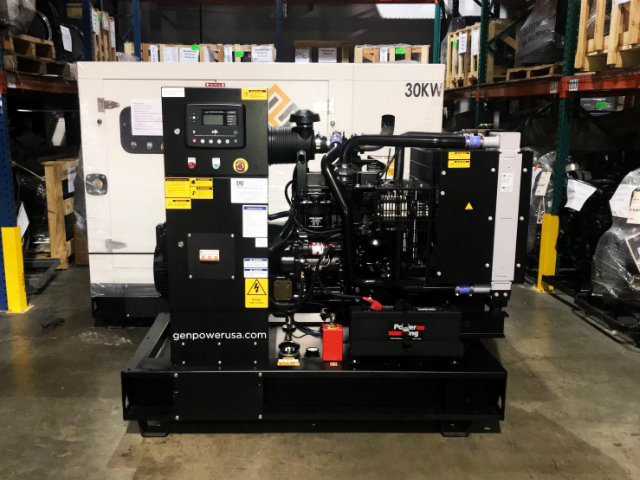C&K
New Member
"after an 18 hour run" sounds much slower than a furnace. How long does furnace take under similar conditions? (different outdoor and indoor starting temperature will confound calculation somewhat, but maybe we can get BTU within 20 ~ 30%.)
"12.4kWh per gallon of diesel fuel." - how many kW is the electric load you feed? (or gallons used per day?)
I actually think they are about the same. I never let it get below freezing in the shop, the oil furnace is set for 35 deg. If I intend to work in the shop it takes a full day for the oil furnace running constant to get it up to 60-65 when the outside temp is below zero.
The electrical load on the generator is 25kW, which is its prime rating, 30kW standby. It burns just about dead on 2 gal/hr @ 25KW load and when battery charging with it we have electric baseboard heaters in the house that sequence on with CT switches to keep the load on the generator at minimum 92A. If the load on the generator goes above 105A the CT switches cycle the baseboard heaters out, so the load varies from 92 to 105A. I didn't design the system, it was here when we bought the place.



